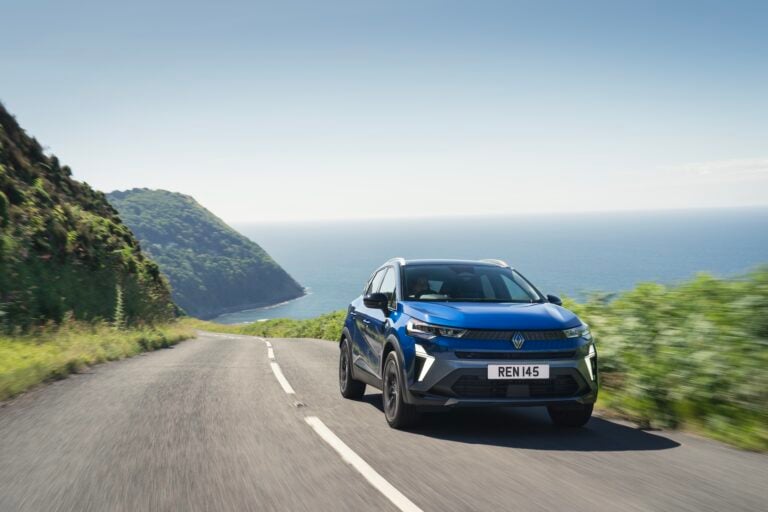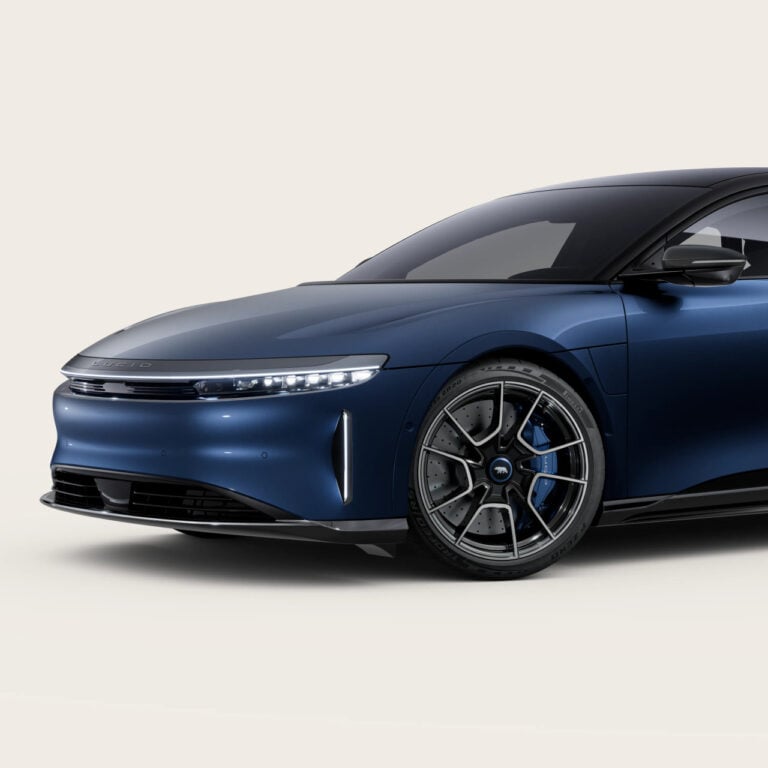Sign up for our popular daily email to catch all the latest EV news!
Electric vehicles (EVs) are widely known for producing zero tailpipe emissions, but concerns remain regarding their impact on non-exhaust emissions from tire and brake wear. Researchers from the Virginia Tech Transportation Institute (VTTI) recently examined this issue and found that, under the right conditions, EVs generate less particulate pollution than their gasoline-powered counterparts.
Key Highlights:
- EVs are generally 40% heavier than gasoline vehicles, impacting brake and tire wear.
- Brake and tire emissions were modeled using VTTI’s INTEGRATION software.
- EVs produce less non-exhaust emissions in traffic, but more when roads are clear.
- Regenerative braking reduces brake-related emissions by using the motor instead of traditional brake pads.
- Findings were presented at the Transportation Research Board Annual Meeting.
The study, published in Transportation Research Part D: Transport and Environment, was conducted by Hesham Rakha, Director of VTTI’s Center of Sustainable Mobility, along with research associate Mohamed Farag and Associate Professor Hosein Foroutan. The team compared 24 electric, gasoline, and hybrid vehicles under three EPA driving conditions: city driving, highway driving, and aggressive high-acceleration driving.
The results showed that EVs generally produce fewer non-exhaust emissions in heavy traffic. However, when traffic is light, EVs emit more particulate pollution than gasoline-powered cars due to their increased weight. The study determined that if at least 15% of driving occurs in city conditions, EVs remain the cleaner option.
One of the most significant environmental benefits of EVs is regenerative braking, which captures braking energy to recharge the battery. This process minimizes brake abrasion emissions, making EVs a cleaner alternative in urban settings.
Rakha emphasized that simulation tools like INTEGRATION can help transportation planners and policymakers make informed decisions about vehicle emissions at a city-wide level.
The research, which sheds new light on EV pollution factors, continues to inform sustainable transportation strategies and could play a crucial role in reducing overall vehicular emissions.
Sign up for our popular daily email to catch all the latest EV news!








